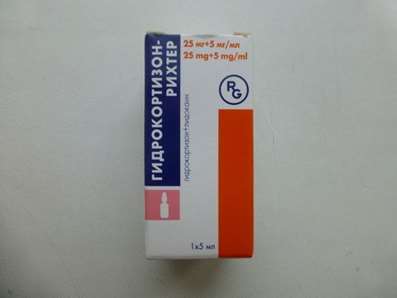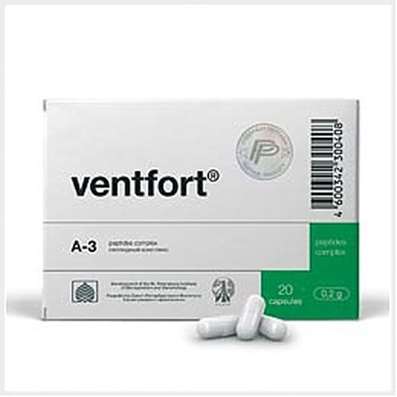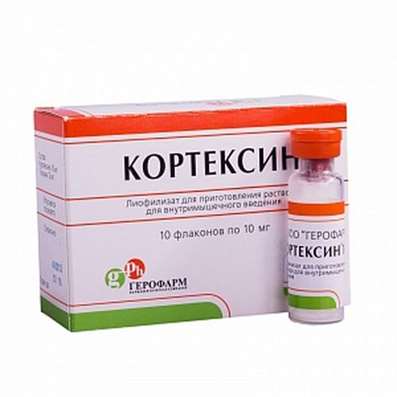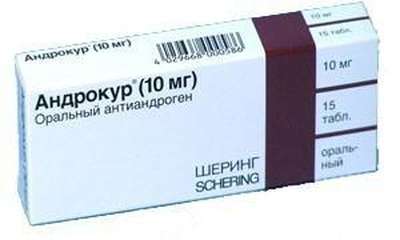Instruction for use: Acenosin
I want this, give me price
Active substance: Dihydroergocristine + Clopamide + Reserpine
ATX Code C02LA51 reserpine and diuretics combinations with other drugs
Pharmacotherapeutic group:
Sympatholytics in combinations
The nosological classification (ICD-10)
I10 Essential (primary) hypertension
Hypertension, Arterial hypertension, Arterial hypertension crisis course, Essential Hypertension
Primary hypertension, Arterial hypertension, complications of diabetes, hypertension, The sudden increase in blood pressure, Hypertensive disorders of blood circulation, hypertensive condition, hypertensive crises, hypertension, arterial Hypertension, malignant Hypertension, Hypertonic disease, Hypertensive crisis, Hypertension, accelerated hypertension, malignant hypertension, The aggravation of hypertensive disease, Transient hypertension, Isolated systolic hypertension
I15 Secondary hypertension
Arterial hypertension, complications of diabetes, hypertension, The sudden rise in blood pressure, Hypertensive disorders of blood circulation, hypertensive condition, hypertensive crises, hypertension, arterial hypertension, malignant hypertension, Hypertensive crisis, Hypertension, accelerated hypertension, malignant hypertension, hypertensive crisis, The aggravation of hypertensive disease, Transient hypertension, hypertension, Arterial hypertension, Arterial hypertension crisis course, renovascular hypertension, symptomatic hypertension, renal hypertension, Renovascular hypertension, Symptomatic hypertension
Structure and Composition
Dihydroergocristine 1 tablet contains 0.5 mg, 0.1 mg reserpine and clopamide 5 mg; in blister 10 pcs., in a cardboard unit 2 or 5 blisters.
pharmachologic effect
a diuretic, hypotensive, vasodilating.
Blocks alpha-adrenergic receptors and arterial drains depot norepinephrine reduces peripheral vascular resistance, heart rate slows, has sedative activity, promotes the excretion of sodium, chloride, potassium and water.
Indications
Hypertension.
Contraindications
Hypersensitivity, depression, Parkinson's disease, severe angina and arrhythmias, recent myocardial infarction, peptic ulcer and duodenal ulcer in the acute phase of ulcerative colitis, of the liver and kidney, pheochromocytoma, blood diseases, hypokalemia, pregnancy, lactation (should abandon breastfeeding).
Side effects
Nausea, vomiting, nasal congestion, depression, orthostatic hypotension, muscle weakness, hypokalemia, hyponatremia, hyperuricemia, hyperglycemia, allergic reactions; long-term use of high doses - paresthesias, impotence, gynecomastia, blurred vision and urination.
Interaction
It weakens the effectiveness of oral hypoglycemic drugs, tricyclic antidepressants, anticoagulants. Hypotension increase barbiturates and alcohol. Glucocorticoids and laxatives increase the risk of hypokalemia.
Dosing and Administration
Inside, 1 tablet per day (in the morning), when expressed enough hypotensive effect - 2 tablets per day in 2 divided doses, with the stabilization effect of the maintenance dose - 1 tablet every day or every other day.
Precautionary measures
Be wary appoint diabetes, gout, broncho-obstructive syndrome. It is necessary to bear in mind the possibility of reducing the reaction rate. It is recommended a diet high in potassium (required his control in the blood). Do not use simultaneously MAO inhibitors, levodopa, acetazolamide.
Storage conditions
In the dark and dry place at a temperature of 15-25 ° C.
Keep out of the reach of children.
shelf life
3 years.
Do not use beyond the expiration date printed on the package.

 Cart
Cart





